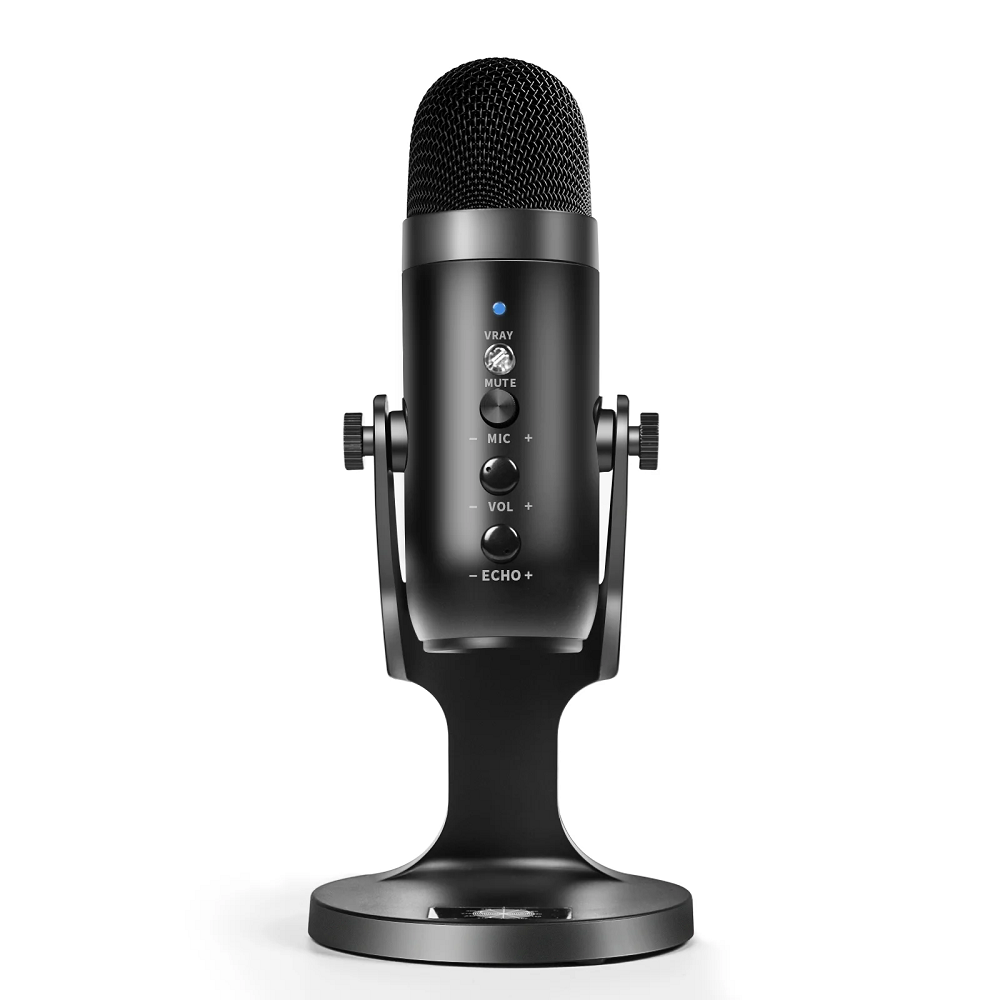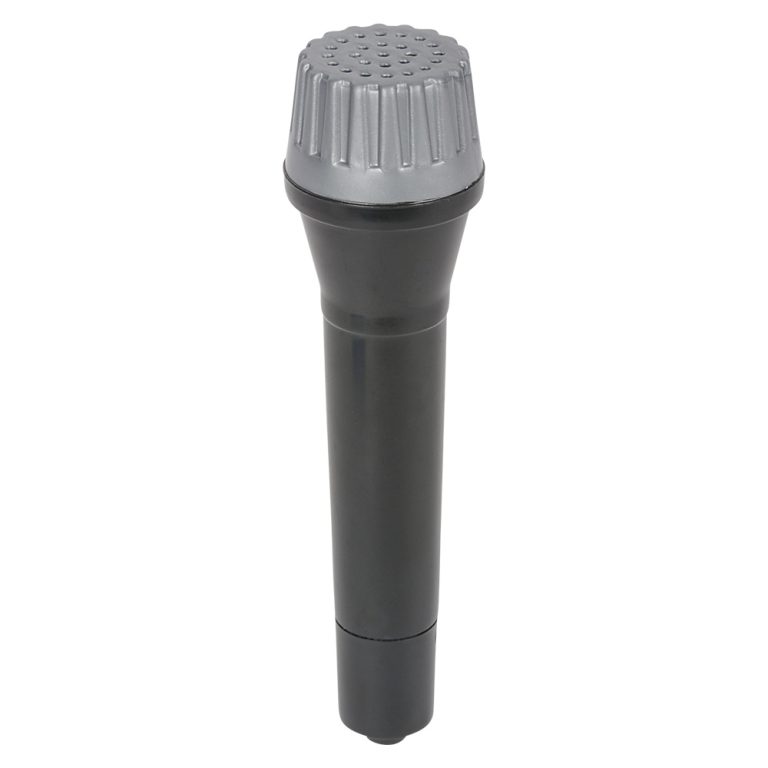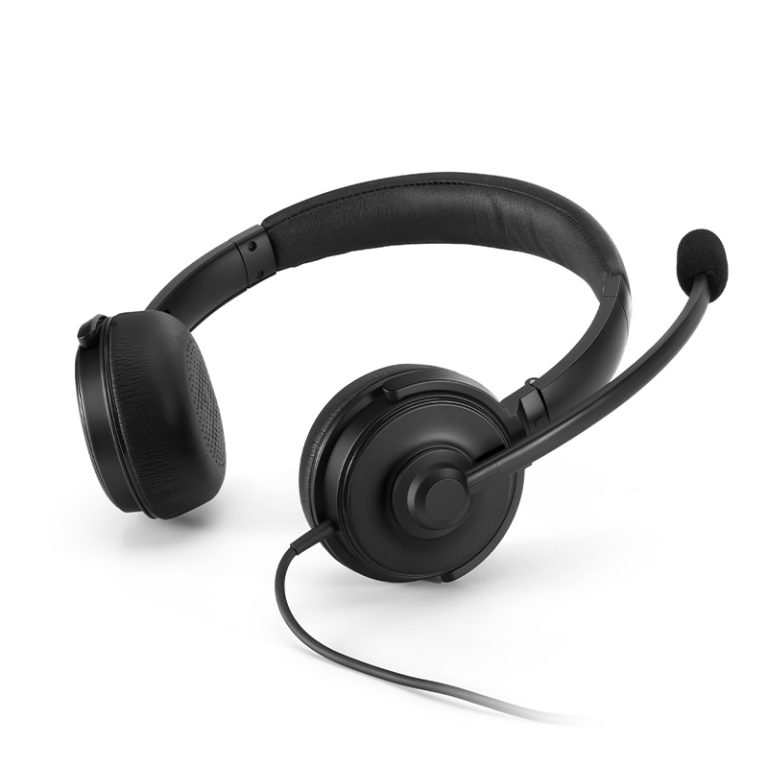Leveraging voice recognition software on a PC can dramatically improve productivity and accessibility. However, the quality of your microphone greatly influences how effectively the software works. Selecting the right microphone can be the difference between a seamless, efficient user experience and a frustrating one. This guide will go through the crucial factors to consider when choosing a microphone tailored for voice recognition applications on your PC.
Understanding Microphone Types and Pickup Patterns
Selecting the Right Microphone Type
Microphones come in various types, each suited for different scenarios. For voice recognition, dynamic microphones are favored for their durability and ability to handle high sound pressure levels, while condenser microphones are preferred for their sensitivity and finer audio capture – important for clarity in voice recognition.
Pickup Patterns Matter
Microphone pickup patterns describe how microphones pick up sound. Omnidirectional microphones capture sound equally from all directions and are useful in quiet environments. In contrast, unidirectional or cardioid microphones capture sound from one direction, which helps in noisy settings by focusing on the sound coming from the user and reducing background noise.
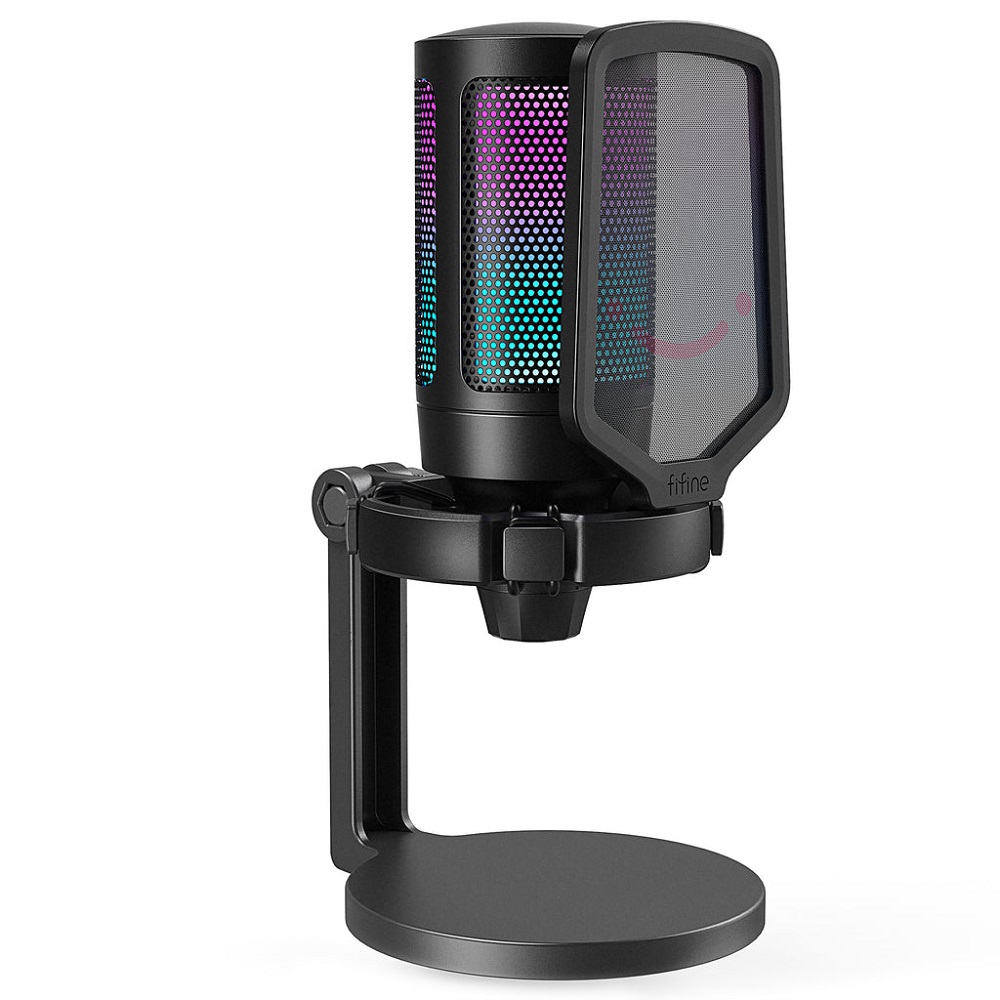
Compatibility and Connectivity with Your PC
Checking Microphone Compatibility
Before purchasing a microphone, ensure that it’s compatible with your PC. Some microphones require specific ports or drivers, so it’s important to verify that your system meets the technical specifications needed.
Options for Connectivity
Microphones connect to PCs typically through USB or 3.5mm audio jack connections. USB microphones are plug-and-play and often come with their own built-in sound processing, which can enhance voice recognition quality. Alternatively, audio jack microphones can be connected directly to your PC’s sound card but may require additional hardware like a preamp for optimal performance.
Assessing Microphone Features
Noise Cancellation Technology
A microphone with noise cancellation can be pivotal for voice recognition software, particularly in a noisy environment. These microphones are designed to filter out ambient noise and focus on your voice, which ensures a higher accuracy of voice recognition.
Sensitivity and Frequency Response
The microphone’s sensitivity and frequency response affect how well it can capture the nuances of speech. High sensitivity and a wide frequency response enable the microphone to detect and transmit the full range of human voice frequencies, making it ideal for voice recognition purposes.
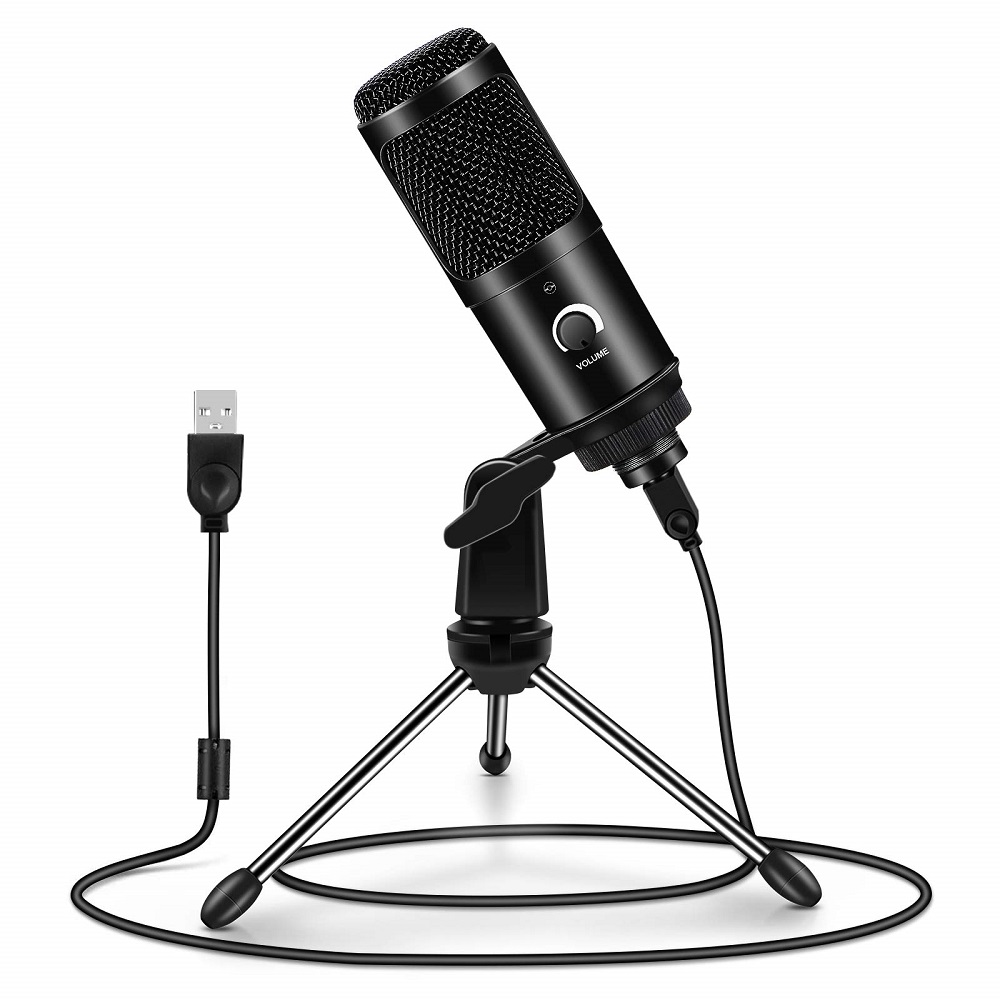
Importance of Microphone Placement and Accessories
Finding the Right Position for Clarity
Microphone placement plays an important role in voice capture. A microphone too close to the mouth can pick up unwanted sounds like breathing, while one too far may capture echoes and ambient noise. Find a position that balances these factors for clear audio input.
Enhancing Performance with Accessories
Accessories such as pop filters, boom arms, and shock mounts can improve microphone performance for voice recognition. Pop filters reduce plosive sounds, boom arms allow for easy positioning, and shock mounts minimize vibrations that might otherwise be picked up by the microphone.
Durability and Maintenance
Investing in a Durable Microphone
Choosing a microphone built to last can prove economical over time. Durability matters, particularly when you plan to use the microphone frequently. Consider microphones with solid construction and quality materials, and check for warranties or guarantees from the manufacturer.
Simple Maintenance for Consistent Performance
A good microphone shouldn’t require complicated maintenance. Look for models that are easy to clean and maintain, with readily available instructions or customer support. Regular cleaning ensures the microphone stays in optimal condition for accurate voice recognition.
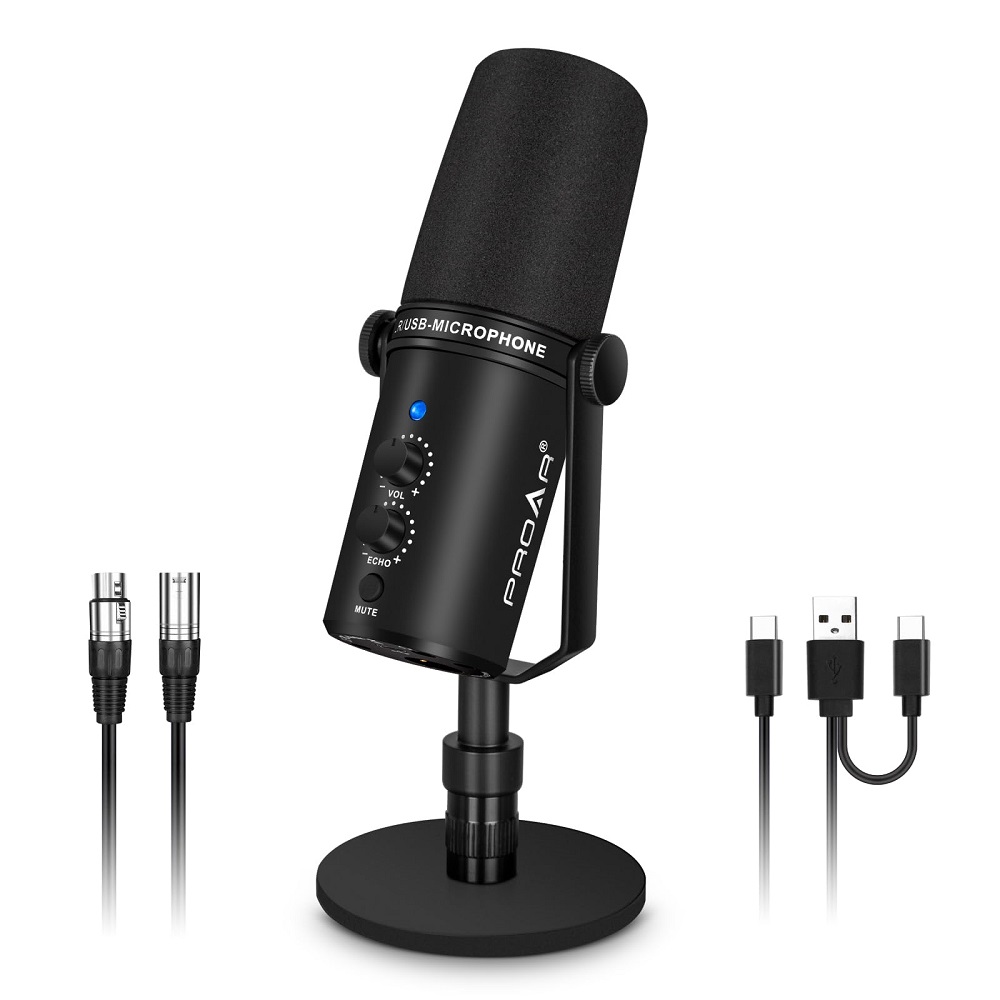
Evaluating Price vs Performance
Balancing Cost with Quality
It’s essential to balance the cost of a microphone with the quality and features it offers. While higher price tags often come with advanced features, there are affordable options that still provide clear sound quality and performance suitable for voice recognition.
Reading Reviews and Testing When Possible
Read reviews and, if possible, test different microphones to find the best one for your voice recognition needs. User reviews can provide insights into the microphone’s real-world performance, and testing it with your voice recognition software can help ensure compatibility and satisfaction with your purchase.
Evaluating the Acoustic Environment
Consider Room Acoustics
The environment where you plan to use the microphone influences its effectiveness for voice recognition. A room with hard surfaces can cause echoes that interfere with sound clarity. In such spaces, look for directional microphones with tight pickup patterns which can minimize room reverberation.
External Sound Interference
In noisy environments, select microphones with robust noise-cancellation features. These microphones can isolate your voice from background clatter, making them ideal choices for voice recognition software in shared or open-plan workspaces.
User Experience and Handling Ease
Ease of Use
When integrating voice recognition into your workflow, the ease with which you can operate the microphone is paramount. A microphone with a simple user interface and accessible mute buttons can significantly streamline your interactions with voice recognition software.
Handling and Portability
For those who need voice recognition on the go, consider the portability of the microphone. Compact and wireless microphones are advantageous for mobile users, as they can be easily packed and set up anywhere with minimal hassle.
Software Compatibility and Integration
Software-Specific Features
Some voice recognition software might be optimized for use with certain microphones. Check if the software provider recommends or certifies any microphones, as these may offer better integration and more features, such as custom voice profiles or heightened sensitivity settings.
Drivers and Digital Processing
Most modern microphones for PCs will install automatically when you plug them in, thanks to generic drivers. However, some may come with proprietary drivers and software that allow for additional adjustments. Such digital enhancements can significantly boost recognition accuracy in voice recognition software.
Professional vs. Consumer Grade Microphones
Deciding on Quality Levels
Professional-grade microphone for PC offer superior audio capture and build quality, which can enhance the voice recognition experience. However, many consumer-grade microphones provide adequate voice clarity at a more budget-friendly price point, suitable for everyday non-professional use.
Long-term Investment
If voice recognition is a critical aspect of your daily routine or business operations, investing in a higher-quality professional microphone might be worthwhile. Consumer-grade options are suitable for occasional use, but professionals may benefit from the extra fidelity and reliability of a more premium product.
Testing and Reviewing Before You Buy
Trying Before Buying
If it’s feasible, test the microphone for PC with your voice recognition software before finalizing the purchase. Many electronics stores have display models available for this purpose. Testing allows you to assess the microphone’s responsiveness and accuracy firsthand.
Consulting Community and Expert Reviews
Online communities and expert reviewers often provide in-depth analyses of microphones. Platforms like forums, YouTube, and specialized tech websites can offer valuable insights. Pay attention to feedback from users who employ voice recognition software, as their experiences can be particularly relevant to your needs.
In conclusion, choosing a microphone for PC voice recognition software requires informed decision-making. Evaluate the type and pickup pattern based on your environment and needs, ensure compatibility with your PC, and consider features like noise cancellation for optimal performance. Remember that accessories can further enhance audio clarity, while durability and easy maintenance will ensure your microphone lasts. Lastly, weigh the cost against the performance and thoroughly research or test the microphone to make a confident choice that meets your voice recognition requirements. With the right microphone, you can dramatically improve the efficiency and accuracy of your voice-activated applications.
